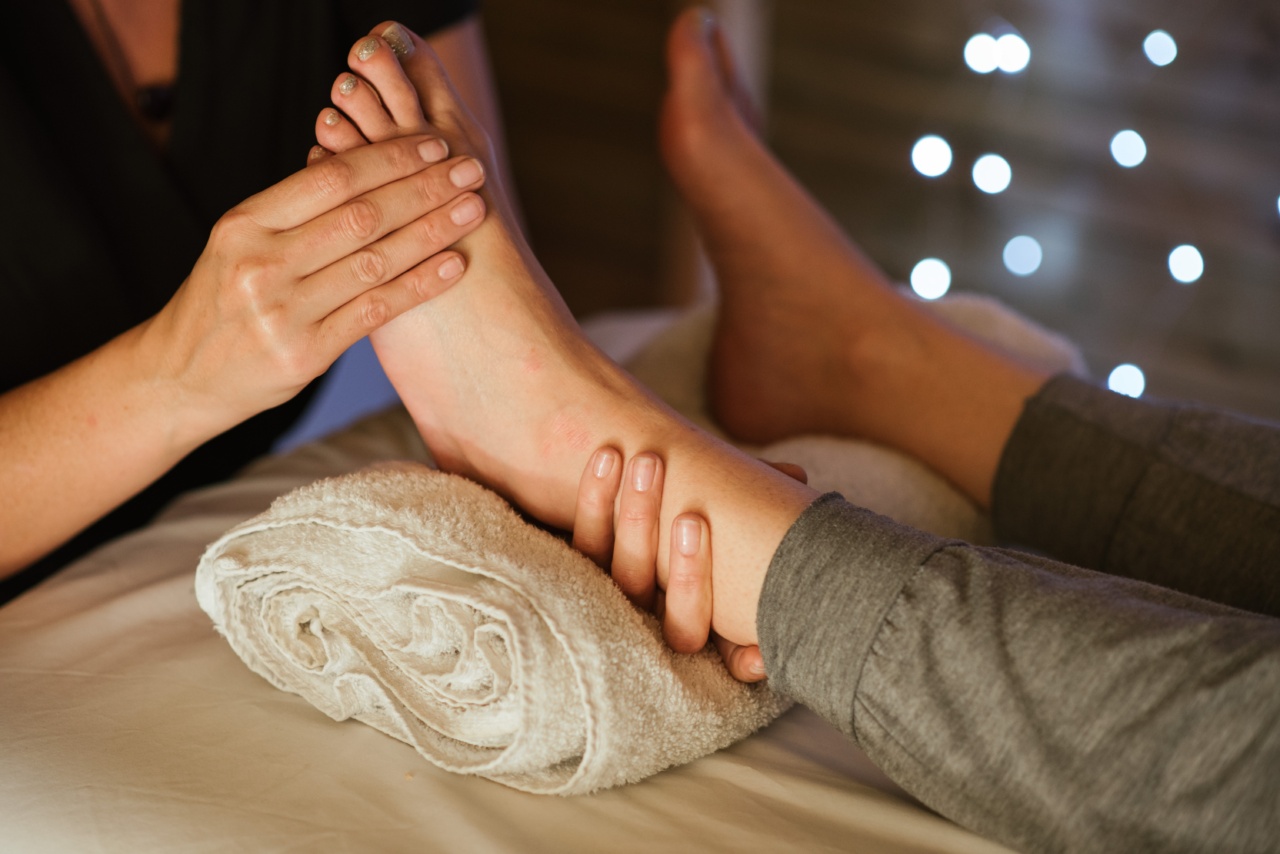Persistent puffiness in the ankles can be uncomfortable and concerning. This condition, also known as ankle edema, occurs when excess fluid accumulates in the soft tissues of the ankles.
While it can feel alarming, ankle puffiness is often a result of benign causes and can be managed effectively. In this article, we will delve into the explanations for puffiness in the ankles and provide strategies for relief.
1. Fluid Retention
One of the most common causes of ankle puffiness is fluid retention. This occurs when the body retains more fluid than it eliminates, leading to swelling in various parts, including the ankles.
Fluid retention can be caused by factors such as hormonal changes, certain medications, excessive sodium intake, or prolonged periods of sitting or standing.
2. Injury or Trauma
An injury or trauma to the ankle area can also result in puffiness. Sprained ligaments, fractures, or strains can cause swelling, making the ankles appear puffy.
It is important to seek medical attention and follow the necessary treatment guidelines for proper healing.
3. Inflammation
Inflammatory conditions such as arthritis or tendinitis can lead to ankle puffiness. These conditions cause inflammation in the joints, leading to swelling and discomfort.
Consulting with a healthcare professional can help diagnose and manage these conditions effectively.
4. Venous Insufficiency
Venous insufficiency occurs when the veins in the legs are unable to efficiently return blood to the heart. This can result in the pooling of blood and fluid in the lower limbs, leading to ankle puffiness.
It is important to address venous insufficiency to prevent potential complications.
5. Deep Vein Thrombosis
Deep vein thrombosis (DVT) is a potentially serious condition that occurs when a blood clot forms in one of the deep veins, often in the legs. Ankle puffiness can be one of the symptoms of DVT.
If you suspect DVT, it is crucial to seek immediate medical attention, as it can lead to life-threatening complications.
6. Heart and Kidney Conditions
Puffiness in the ankles can be indicative of underlying heart or kidney conditions. When the heart or kidneys are not functioning optimally, fluid may accumulate in the ankles.
If ankle puffiness is accompanied by other symptoms such as shortness of breath or changes in urinary patterns, it is recommended to consult a healthcare professional for further evaluation.
7. Poor Lymphatic Drainage
The lymphatic system plays a vital role in eliminating excess fluid and toxins from the body. When the lymphatic system is impaired, it can result in the accumulation of fluid, leading to ankle puffiness.
Gentle exercises, lymphatic massages, and compression garments are some strategies that can help improve lymphatic drainage.
8. Pregnancy
During pregnancy, the body undergoes numerous hormonal and physical changes. Ankle puffiness is a common complaint among pregnant women due to hormonal shifts and increased pressure on blood vessels as the baby grows.
However, it is essential to monitor and inform your healthcare provider about any concerning symptoms.
9. Infections
Infections such as cellulitis or lymphangitis can cause ankle puffiness. These conditions arise when bacteria enter the skin through cuts or breaks and result in inflammation and swelling.
Prompt medical attention and antibiotic treatment are necessary to prevent the infection from spreading.
10. Strategies for Relief
Now that we have explored some of the causes of ankle puffiness, let’s discuss strategies for relief:.
a. Elevate the Legs
Whenever possible, elevate your legs to reduce swelling. Prop your legs up on a pillow or cushion, allowing fluid to drain from the ankles back towards the heart.
b. Compression Therapy
Compression stockings or socks can help improve circulation and reduce ankle puffiness. These garments apply gentle pressure on the legs, assisting in fluid movement.
c. Watch Your Sodium Intake
Excessive sodium intake can contribute to fluid retention. Limit your consumption of processed foods and opt for natural, low-sodium alternatives. Additionally, be mindful of hidden sodium in condiments and canned goods.
d. Stay Active
Maintaining an active lifestyle can help promote healthy circulation and prevent ankle puffiness. Incorporate exercises such as walking, swimming, or cycling into your routine.
Avoid sitting or standing for prolonged periods, as this can contribute to ankle swelling.
e. Stay Hydrated
Drinking an adequate amount of water can help prevent fluid retention. Aim to consume at least eight glasses of water per day, unless advised otherwise by your healthcare provider.
f. Massage
Gentle ankle massages can aid in reducing swelling and promoting lymphatic drainage. Use circular motions and light pressure to encourage fluid movement.
g. Heat and Cold Therapy
Alternating between hot and cold therapy can help alleviate swelling and discomfort. Use a warm compress or take a warm foot bath, followed by applying a cold pack or immersion in cold water to the affected ankles.
h. Medications
In some cases, healthcare professionals may prescribe diuretic medications to help reduce fluid buildup. These medications increase urine production, assisting in fluid elimination.
However, always consult a healthcare provider before starting any medication.
i. Seek Medical Attention
If ankle puffiness persists, worsens, or is accompanied by severe pain, it is crucial to seek medical attention. A healthcare professional can investigate further and provide appropriate diagnosis and treatment.
Remember, ankle puffiness can have various causes, and the strategies mentioned above may not be suitable for everyone. It is essential to consult with a healthcare professional for personalized guidance based on your specific situation.






























